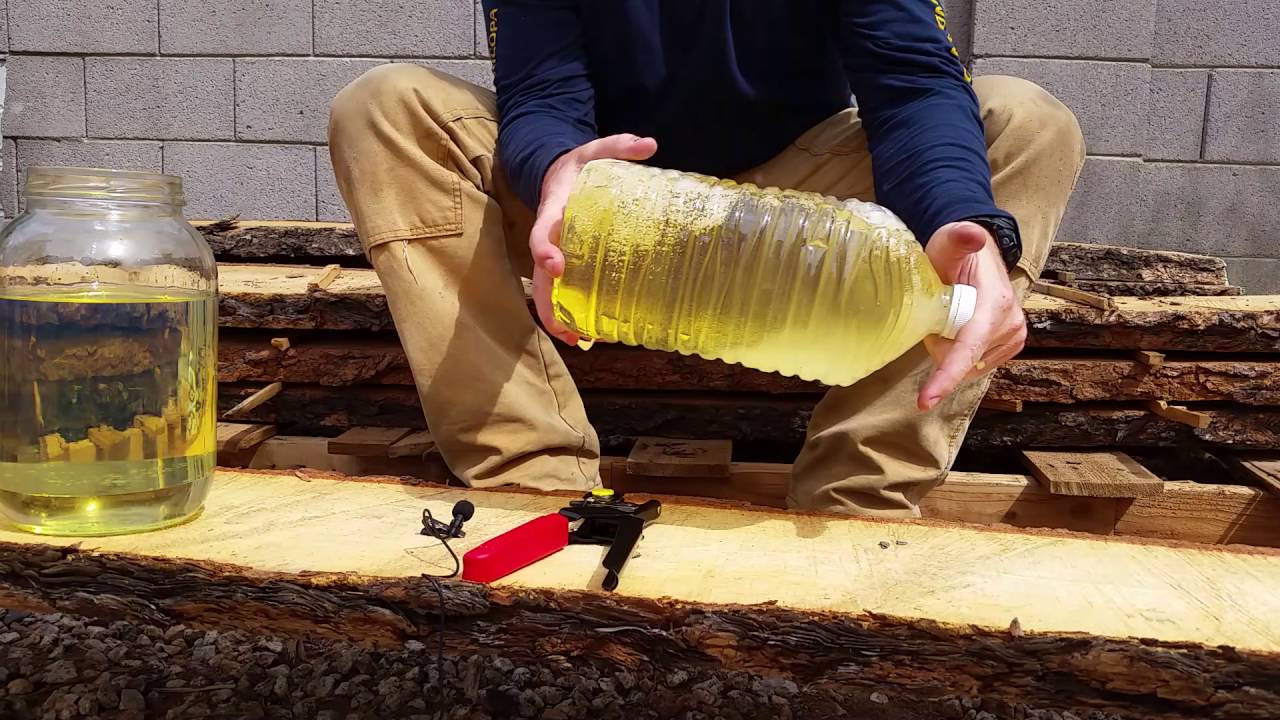It’s frustrating that this has been on the horizon for years but so far all we get is Fear, Uncertainty and Doubt rather than useful information about which parts in the fuel system are a concern. In the near future I can see myself sticking to super unleaded which won’t be more than E5. In the longer term, it will become clear from those who do use E10 that either there are specific parts which fail or there are none. My gut feeling is that it’ll turn out that early MX-5s can soldier on for years on E10 with no issues. Time will tell.
On the Morris you may find your pipe from the fuel pump to the carburettor needs replacing along with the carburettor float. You may also need to clean up the ‘needle’ in the float chamber as well as it gets covered in a sort of varnish and doesn’t stop the fuel flowing. If in doubt check with SU (Burlen) - they were really helpful when I spoke to them. All the items currently sold by SU can cope with 10% ethanol. I’ve changed all these items in our Traveller, including the fuel pump. All that is left (I hope) is the rubber hose from the filler cap to the fuel tank. I have nightmares about the car catching fire because of a fuel leak caused by ethanol.
I come from the world of Aircooled vdubs where this seems to be less of a problem as a lot of the parts come from South America and are designed for high ethanol content fuel. Main things that go are rubber fuel parts, fuel hose and some of the small carburettor parts. I imagine this is why the likes of the morrises are effected as the rubber diaphragm etc are at risk of degradation.
It is a worry, though im told branded super unleaded will remain lower ethanol. I tend to use this anyway as my old Aircooled engines seem to run cooler using that anyway. The mileage I do with them now means the cost isn’t hugely noticeable either.
I imagine it will be the fuel lines in the Mazda’s that have the potential to degrade and any scale or crap in the fuel tank may become dislodged blocking injectors etc
Here’s my contribution for what it’s worth!
The information from Mazda UK is unclear as it can be inferred that complete compatibility with E10 is only on new models introduced after 2002, so for the MX-5 that would be the NC as the NB-FL was launched in Japan in July 2000. The owner’s manual for my 2003 NB 1.8 Sport refers to using RON 95 fuel that conforms to DIN 51 607, which is not a current standard and is not even available to read on the internet.
From the internet one can see that:
a) The ACEA document on E10 compatibility shows that Ford Motor Company states that everything apart from one engine was ok from 1992 onwards. Ford was a major shareholder in Mazda from 1995-2008 (and a technical partner before that) , so Mazda technical standards would have been influenced by Ford’s. Nissan, Subaru and other Japanese manufacturers are saying their cars are ok from the 1990’s onward.
b) The USA is the biggest single market for the MX-5 (Miata) and mandated the sale of E10 fuel in 2000, and by 2010 in all states the only “Regular” gasoline was E10. If you look on Miata.net, there are no threads about fuel system failures as a result of using E10, and one thread about an NA using it for 20 years with no problems.
So, knowing that all MX-5s are built at the Hiroshima plant, and that the fuel system of an MX-5 will use a lot of materials that are common with of other Japanese cars destined for the USA market, I think that Mazda was using E10 safe components in the MX-5 fuel system well before 2005, because of the USA market.
I will be using E10 for my normal fill ups, but I will fill up with E5 97-98 Octane before I put the car in the garage for the winter as a precaution against any increase in water content in the fuel when the vehicle doesn’t run for long periods.
I used Gates Barricade fuel line when I replaced the fuel system and tank on my Triumph Herald based kit a few years ago. Seems to be standing up to 95 ron so far. It has a good reputation. Fuel pump internals are another thing….
Also with this stuff pay special attention to the sizing of the fittings and get the correct fuel pipe clamps, it’s not as easy to compress as old fashioned rubber hose. In one area I needed to add olives to the solid pipes to get a satisfactory seal.
https://www.moss-europe.co.uk/ethanol-proof-fuel-hose-by-gates.html
Are you going to add any additives to the E10 fill ups that you do?
I’m considering getting a stock of https://www.putoline.com/en/catalogue/product/2838/e10-fuel-fighter/5837/ and adding this to the fuel, it says for bikes but I would assume its ok for Cars too?
I’m not planning to use any additives as all the information I have i.e. the USA experience says that E10 will not damage a MX-5 NB’s fuel system. I have also found this article, albeit from an ethanol fuel supplier which makes the same point: E10 safe in all petrol cars – EURACTIV.com.
I’m going to use an E5 fuel for the winter fill as that will put E5 in the fuel lines and reduce the proportion of ethanol in the tank, thereby reducing any risk of water collecting there and making starting difficult.
How much does that additive cost compared to filling up occasionally with E5 97-98 octane? I could understand the value if there was no option, particularly for old carburettors which might have seals and gaskets in incompatible materials, but with 98 octane at about 5p a litre more expensive than 95 octane, so about £2 per tankful, it just seems easier to bung some of that it occasionally.
Looks like a decent solution for older vehicles, unless the power that be get onto it ,like red diesel
Brilliant and not a single caravan or motor home insight
Many years ago I heard of a very large chemical company testing out this type of fuel on BL Marinas.They abhorted the trial because of the moisture in the mix from gasoline separating out during the several fill ups during the tests causing running problems.problems
Highly possible the S**t-BoX Marinas already had running issues before any fuel was put in at all.
Don’t ask me how I know…
In regards to the additives there’s loads in the classic and motorcycle market aimed at winter storage etc. There’s an enlightening video on you tube by a company called FORTNINE a biker channel where they test lots back to back and they either make no difference or result in more corrosion and water in the fuel. For storage your best bet is just brim the tank to minimise any condensation.
The biggest concern with ethanol fuel for me being a classic owner is fuel line degradation which is already an issue with e5.
Can we use or should we use the new E10 Fuel in a 2 litre 06 Mazda Sport ?
See link
[Microsoft Word - 130329 (revised) ALL ACEA SAAB JAMA E10 COMPATIBILITY.doc](https://www.acea.be/uploads/publications/130329_(revised)_ALL_ACEA_SAAB_JAMA_E10_COMPATIBILITY.pdf
Mazda:
E10 petrol is cleared for use in all models with petrol engines introduced in and from the year 2002,
Mazda6 (GG/GY) and models with petrol engines introduced thereafter, i.e:
Mazda2: DY/DE.
Mazda3: BK/BL.
Mazda5: CR/CW.
MX-5: NC.
Mazda6: GG/GY/GH.
CX-5: KE.
CX-7: ER.
CX-9: TB.
RX-8: SE.
M
Just forget E10 and use super unleaded every time. It’s worth the extra.
I’ve also seen this;https://www.carsguide.com.au/car-advice/can-my-car-use-e10-ethanol-fuel-23625
Mazda
Mazda2 - May 2005 build onwards, Mazda3, Mazda6, RX-8, MX-5 – July 2005 build onwards, Tribute - April 2006 onwards, CX-7, CX-9, CX-5, CX-3 ![]()
![]()
So is it from 2002 or 2005 ?
I would also like to know this, I have a 2006 MK3 so should be ok anyway.
Finding Super Unleaded around my way is getting harder to find now.
As a matter of interest there is a car checker here for the new fuel which comes out later this year.
You will have the option of using existing super unleaded E5 or the new petrol E10.
Rule of thumb is that any car built since 2002 will be ok with E10 but cars not compatible will have to use the more expensive super unleaded or E10 with an additive. Using E10 even with compatible cars will probably see a slight loss of performance.
The other option of course is half E10 and half E5 per tank.
However, there is also talk that the super unleaded E5 will be phased out after 2026 leaving us with just the new fuel plus additives.

